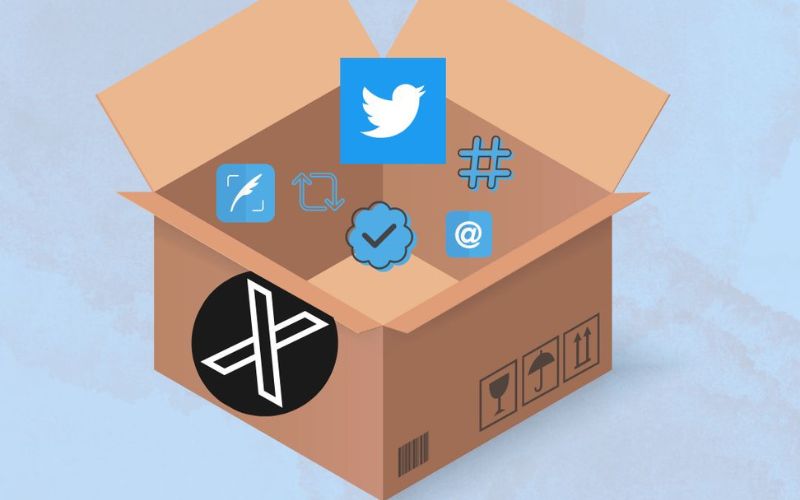Recreating perception: Does corporate rebranding work?
Tony Jaques reflects on Twitter’s infamous name change and past instances to explore why businesses opt for corporate rebranding

Image: Canva
When Elon Musk decided to jettison more than a decade of brand-equity and change from Twitter to X, abandoning the globally recognised blue bird, he tried to explain that it wasn’t just a name change but part of a plan to create an everything app. But was it, asks Tony Jaques.
The world remained unconvinced of Musk’s explanation, and a recent survey of 5,000 Australians found that only 20 per cent viewed the rebrand positively. The truth is that rebranding is too often seen as an easy issue management strategy to move on from a dubious past or unwelcome associations.
For example, there is no doubt as to why Kentucky Fried Chicken (KFC) chose to officially become KFC in 1991. The company frankly admitted it was to distance itself from the connotations of fried food in an increasingly health-conscious market.
Similarly, Weightwatchers changed its name in 2018 to WW, apparently to reduce the emphasis on weight and fat-shaming and focus more on wellness. As the BBC commented: "People don't go to Weight Watchers because they want to feel well. They go because they want to lose weight."
Unlike the reborn KFC, their name change is much less sure-footed. The CEO of the newly named WW Incorporated was unable at the time to explain what the letters stood for. Even five years later, the company still uses the internet domain weightwatchers.com, and its web homepage and TV ads still use both the WW and Weightwatchers.
Apart from responding to such emerging social issues, a name change is also a popular way to mask controversial products. Like the fossil fuel industry, where British Petroleum repositioned itself as BP; Norwegian state-owned Statoil became Equinor; Danish Oil and Natural Gas became Orsted; and Indian-Australian coal miner Adani became Bravus. Similar examples exist in the tobacco industry, where American giant Philip Morris changed its name to the deliberately characterless Altria and Britain’s Imperial Tobacco Group renamed itself Imperial Brands.
A name change can also be applied as a crisis management recovery strategy. This happened after ValuJet Airlines DC-9 Flight 592 caught fire mid-flight and crashed into the Florida Everglades, killing all 110 people aboard. In what Time magazine called a corporate disappearing act, the troubled airline shed its questionable reputation and cheap-sounding name by buying and adopting a smaller rival, then resumed operations as AirTran Airways. Southwest Airlines later purchased AirTran, which had the best safety record among American carriers.
Nevertheless, a name change to project a new image is not always so effective. For example, when Britain’s Royal Mail decided to rename itself Consignia in the hope it might convey a more modern, efficient organisation, unfortunately, the public was simply confused. Within a year, they reverted to the old name.
Big tech organisations like to choose original names for their holding companies, with Facebook now part of Meta and Google now part of Alphabet.
This may help explain why Musk dropped the massive global brand Twitter in favour of X to match the parent organisation's name. His CEO, Linda Yaccarino, cited X as: “The future state of unlimited interactivity centred on audio, video, messaging, payments, and banking – creating a global marketplace for ideas, goods, services, and opportunities." More than six months later, the media almost invariably refers to it as: “X, formerly known as Twitter.”
Musk should have looked at the recent history of a similar corporate name. The private military contractor Blackwater had to rebrand after being caught up in shocking human rights violations and unlawful killings during the war in Iraq. After four Blackwater mercenaries were convicted and sentenced to prison, the company re-named itself Xe, which was said to have been intentionally chosen to be meaningless. However, no one knew how to pronounce it, and when a group of private investors later acquired the company, the name was changed again to Academi.
Given the short-lived fate of Xe, only time will tell how long Twitter remains as X.